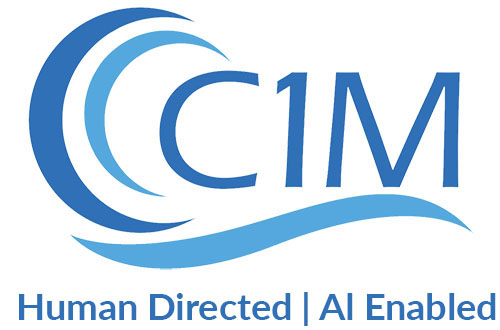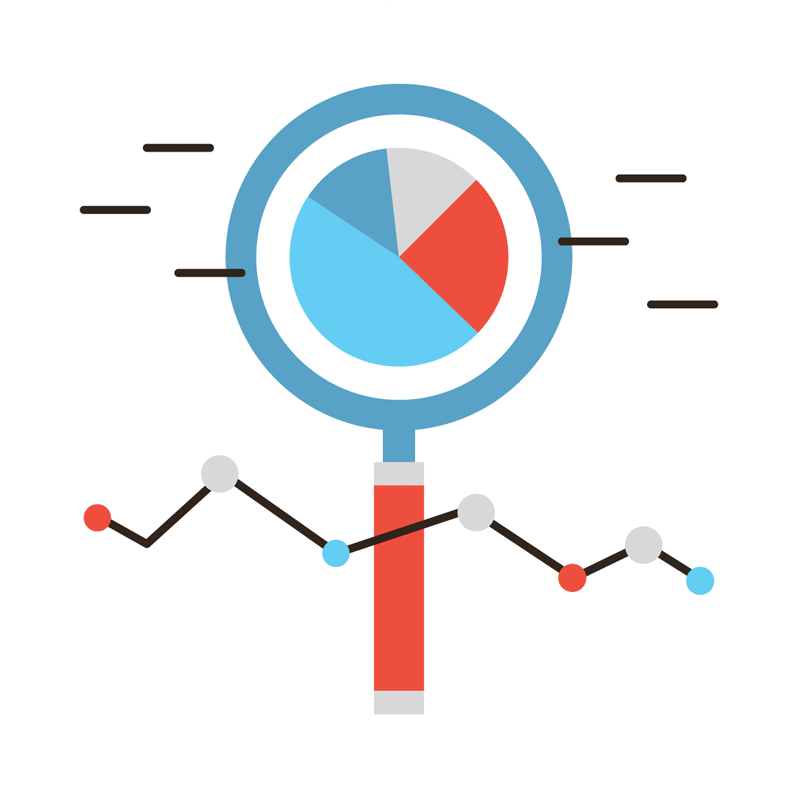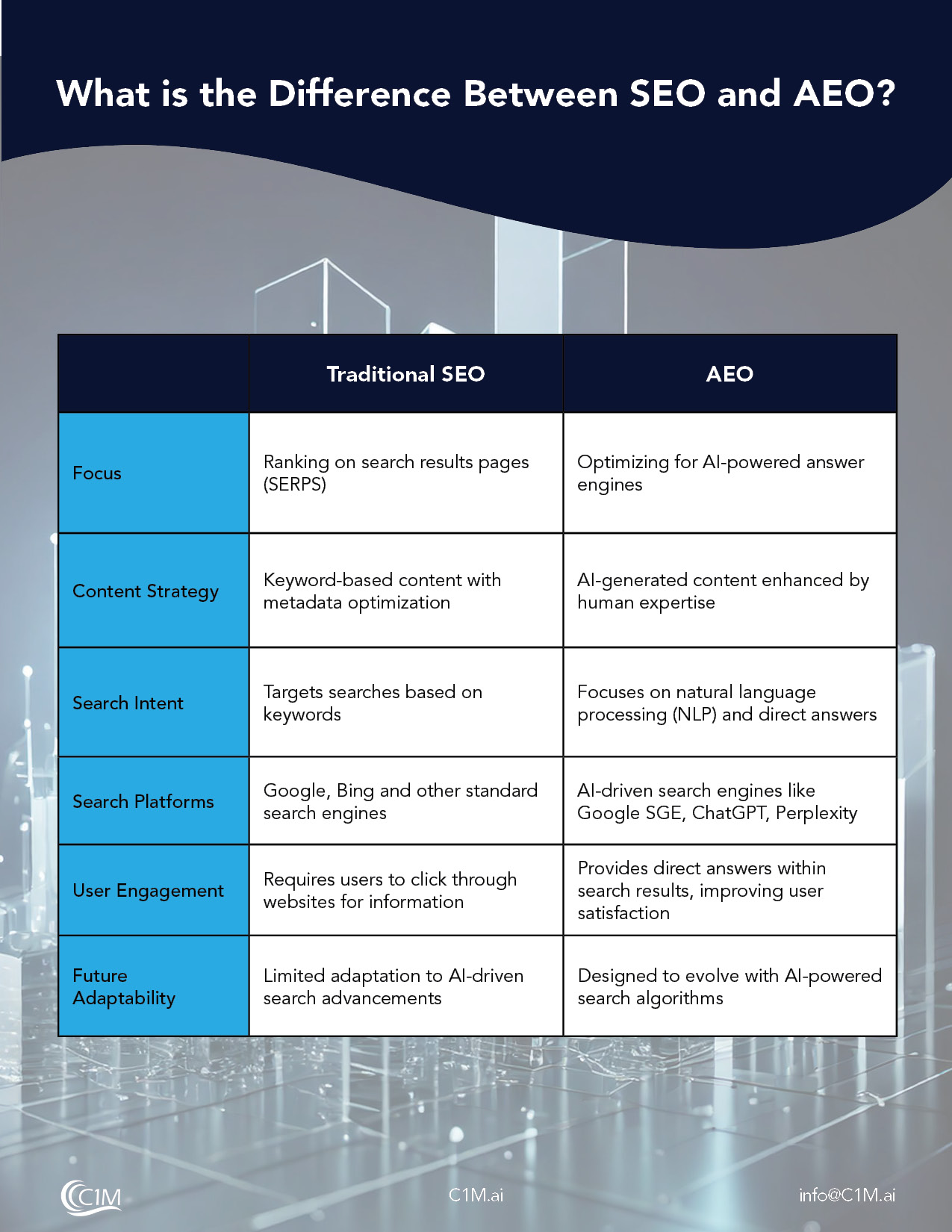
Your Digital Presence Starts with a Website Design to Convert Visitors into Sales
You have a “pretty good” site, but it’s no longer engaging visitors or gaining leads.
To engage leads, we provide a Website Makeover that builds on what is working and changes what is not.
How are you welcoming your potential customers into your business?
For brick-and-mortar businesses, that would be your storefront. Is it well-organized, brightly lit, and welcoming? Is the sales staff friendly and helpful? Can your visitors find what they’re looking for and purchase it easily?
But in today’s world, where many businesses operate primarily or even entirely online, you might feel at a loss for what your own version of a storefront is for your business. Where is the entry point that welcomes – or frightens away – your potential customers?
That’s your website.
Think about it – where do nearly all of your leads and ads and organic traffic efforts point? Where do your email marketing campaigns link to? Where do your customers usually purchase a product or request your services?
On your website.
Your website needs to do more than just look attractive, though. Aesthetic appeal and flashy features might draw people in for a visit, but it won’t convert them to customers. And since that’s the real end goal of your digital marketing strategy, you need to make sure your website is designed to convert your prospects into purchasers.
So your digital presence needs to be as welcoming and well-organized as your physical store would be. That means you can’t afford to ignore the principles of building a winning digital presence: great website design, excellent copywriting, and a commitment to the user experience of your visitors.
Better Website Design
Having a professional website for your business is no longer optional. In our digitalized world, your website is how you welcome many or most of your customers to your business, educate them about your products and services, and convince them to make a purchase. This is why it’s so critical for your website design to be excellent.
Why Your Website Design is Important
It’s a highly competitive business world these days – and marketing has gotten both increasingly important and sophisticated. There’s a lot of noise out there your business needs to cut through to gain and keep customers.
Website users these days have high expectations for their user experience. They will abandon a page for a whole host of reasons – it takes too long to load, it’s poorly laid out, making a purchase involves too many steps. Your online presence has to be flawless to delight customers now.
Your website design also reflects on your business’s image. If your website is glitchy, full of errors, or missing key information, that’s not a professional experience. And since it’s how your business presents itself, those mistakes make your business seem less than professional. First impressions are tough to shake, and your website is probably your main source of first impressions.
It’s not enough anymore for your website to just look great. Thoughtful website design goes far beyond outward appearances. But with the right website design process, you can create a website that looks good and functions well. That will bring your customers in and drive them to make a purchase.
How to Design Your Website
Your business website needs to have these critical elements to bring in your potential customers and get them to make a purchase.
Mobile Responsiveness
More and more people are doing most of their web searching and social media browsing from their phones or tablets, not their laptops or desktops. Your site design needs to be mobile-friendly, meaning it looks and responds well no matter what size device your audience uses to access it. This goes for every page element – your photos, your call-to-action buttons, your logo, and your webpage copy.
Quick to Load
Web users these days are an impatient bunch – most of them will abandon a webpage if it takes more than three seconds to load. If your website isn’t designed with speed in mind, you will need to make some updates so you’re not losing these customers before they even see your page.
Strong Security
Making your website as secure as possible isn’t just good for your customers – it’s key for your search engine rankings too. Google prioritizes secure sites in web search. And it’s a way to keep your valued customers’ information and data safe. You also need security on your side too – make sure your site is hard to take over or attack. You don’t want to be down at a critical time for sales.
Social Media
You probably already know how powerful your social media presence is in your digital marketing strategy. But is it incorporated into the design of your site itself? You want to include social share buttons on your content, especially blog posts and articles, to make it seamless for your customers to share your content with their networks. And you can even incorporate your Twitter or Instagram feeds into your website, if it makes sense for your business.
Visual Flow
Your potential customers come to your site looking for a solution to a problem they have. Your website needs to guide them through to that solution, which is the product or service you offer. But if your visitors get lost on your site, they won’t make that journey successfully.
All your website content should direct the attention of your visitors through the steps you need them to see through to your solution. They shouldn’t be getting distracted by busy design, too many buttons, or excessive content. Their eyes should be drawn right through to your desired endpoint. You can achieve this with color, shapes, images, and words to draw their attention to the most important parts of your page first.
White Space
To help that visual flow we just referenced, you need some white space in addition to content. This empty space helps your important content stand out. A site with no white space at all is too busy and confusing. Reducing the clutter makes focusing on your offerings easier for your distracted customers. But the exact amount of white space you need depends on your overall site design and the products you offer. White space can help draw the eye to your most important content.
Accessibility
Your site needs to help every potential customer find what they need. That means you’re not just catering to the tech-savvy millennials with time to research. You’re also trying to get the frazzled parents browsing with one hand while pushing a swing with the other, and the older crowd who is less comfortable with complicated websites. Every one of your potential customers needs to be able to find what they need and take whatever action you need them to take as easily as possible. Otherwise, a large portion of them will get frustrated and opt out.
We’ve all gotten used to more and more well-designed digital user experiences. Your prospects aren’t just comparing your website to your competitors – they’re comparing you to Uber or Amazon too. If it’s too hard to read your text because of the font or color contrast, they will leave your site.
Limited Choices
If you force your website visitors to make too many decisions before they make a purchase or book an appointment, most of them will not choose anything at all. You’re just giving them more time to get frustrated or distracted and opt out of your site. Make their path to making a decision as smooth and easy as possible – one click to give you an email address, for example – and you’ll see a higher conversion rate.
Search Engine Optimized
All your work to make your website design efficient and attractive will be wasted if no one can find your website. You need to make sure it’s designed using the best practices for search engine optimization. That way, you’ll attract plenty of web traffic from search engines like Google and Bing.
Making your site SEO-friendly is not just about writing content with lots of keywords. It’s also built into the backend of your site making it accessible for web crawlers and adding in title tags, meta descriptions, and alt text for each picture.
Common Mistakes in Website Design
Now that we’ve covered all the things you need to do right in your website design process, let’s cover some common mistakes in website design and development.
Mistaking Aesthetic Value for Design
Your site looks great. It has compelling pictures, a thoughtful color scheme, and attractive fonts. That’s all it takes, right? As we covered in the design principles above, it’s not nearly enough. Usability and a clear call to action, plus the SEO essentials, are critical to your site’s success. It’s because your website isn’t just a showcase for your company (or if it is, it shouldn’t be). It’s a place where you solve a problem for your prospects and get them to make a decision or take an action. Nice photos alone won’t make that happen.
Looking at Pieces Instead of the Whole
It can be tempting to design your site piece by piece, especially if you’re just starting to build your website. Good web design takes time, after all, and as a business owner that’s something you probably lack. But this can add up to a disjointed mess. Your whole site – each web page and landing page, each blog post, and even each social media post – should maintain a consistent look, feel, and tone. That consistency is what helps you build strong brand awareness over time. Your customers should come to know what your content looks like and how you speak to them, building trust in your brand.
Using the Wrong Professionals
If you really want your website to get conversions and drive sales, you need to get professionals on the job. The money you will lose from users leaving your poorly-designed website might exceed what a web designer or even a team of professional designers would cost. As we’ve covered above, graphic design alone isn’t enough to get the results you want from a great website. It takes a knowledge of web development to get it truly right.
You can try to do it yourself if you are a small business just getting started, and that might be enough for now. But once you’re ready for growth, don’t hesitate to bring in the professionals to set your site up for success.
WE START WITH 5 ELEMENTS EVERY HOMEPAGE MUST HAVE
Building a great homepage starts by thinking about what your customer wants to see when they land – not just what you want to say. Too many business owners think of their homepage, and their whole website, as a space to tell their prospects how wonderful and innovative their products or services are. That’s a common mistake – after all, you’re proud of your business and you want to highlight how great it is.
But to be truly effective at converting prospects, your homepage (and your website as a whole) should instead highlight what your company can do for them. Most prospects won’t care if you have the fastest or the newest product on the market – they want to know what that means for their lives. And your homepage should tell that story, with images and with words.
To engage prospects, review:
1. Hero Image: Does it depict an ideal customer (and not you)? It’s important for your prospects to be able to picture themselves instantly when they see your website. A page full of pictures of yourself or your staff isn’t going to do that – instead, feature an image where a customer like them is the hero of the story you’re telling.
2. Call To Action(s): Is it inviting visitors to purchase or gain new information? Your website needs to be more than just a showcase for your business. What is the one action you want your visitors to take – make a purchase, schedule a consultation, make an appointment? That doesn’t mean they can only do one thing on your site, but driving them to the most important step in a clear and logical way helps keep them on track.
You can have multiple calls to action on your homepage if you have a transitional CTA as well as a direct one – if a prospect isn’t ready to make a purchase yet, maybe you also invite them to download a free eBook by signing up for your email list.
3. Three Step Plan: Does it present a concise plan of what you do, and how to engage? This is where you show your prospect exactly what the process of working with you looks like. What is the first step to take, how will you work together, and what results will they get? This 3-step process makes it clear how you operate and what they will be getting by working with you.
4. Fresh Content: This may sound simple, but it’s what builds Authority and Trust. Too many business owners let their website content get stale and out of date. It’s common because you’re busy – you’re already wearing a lot of hats. But think about how you feel when you come across a website full of completely outdated content. It feels a bit like walking into a dusty, poorly-lit store – it doesn’t make you eager to pull out your wallet. Keeping your website up to date shows that your business is committed to presenting a professional presence, which helps position you as an authority that your prospects can trust to do business with.
5. Marketing Automation: Does it capture calls to action and attract email addresses? That transition CTA mentioned in step 2 can be critical here. Most prospects won’t be ready to make a purchase the first time they visit your website – it’s one of their first interactions with you. They need a bit more time and information first. But it’s difficult to get them converted if you can’t get back in contact with them easily. That’s where your marketing automation comes in. Make it easy and rewarding for your prospects to give you their email address when they visit your site. This can mean offering a free lead generator, like an eBook, a newsletter to sign up for, or a discount for their first purchase that you send via email. Marketing automation keeps the conversation going – so it should be built into your homepage.
Create Compelling Copy
The final component of a website that works hard for your business is the copy. Copy is the written content on your site, and it’s common for web design firms to throw in the written content when they build your site. But just descriptive words won’t give you the maximum sales you’re looking for.
You want every word on your website to drive your prospects to take an action. That’s where copywriting comes in. Copywriting is the art – and science – of writing to persuade a potential buyer to become a customer. It’s especially vital these days, as content that’s too long will just cause your visitors to tune out. Attention spans are short – how will you persuade your distracted and often multitasking visitors to make a decision quickly?
Engaging a skilled copywriter can help you significantly increase conversions. Don’t underestimate the power of just a few words to make a sale – when those words are the right ones.
Get the Guidance You Need to Grow
Creating a sophisticated, effective digital presence for your business can be a big project. And it should be – your website is how most customers will be introduced to your business. It’s important to get it all right. But it can be hard to find the right help, and you probably don’t have time to do it all yourself.
If this sounds like you, give C1M a call. We have a team of experts who will optimize your web design, write you compelling content, and set up email automation campaigns for your business. Schedule your free business review today and start seeing measurable results quickly.




